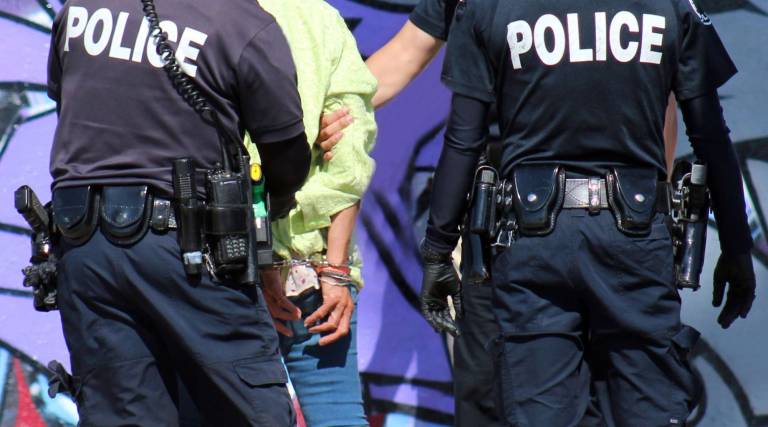Comparison of arrests reported by local police departments

BY ERIKA NORTON
Increased drug use throughout the Tri-state area is taking a toll on local communities and has become a top concern for district attorneys and police chiefs.
As part of ongoing reporting on the prescription opioid and heroin epidemic, Straus News sent Freedom of Information requests to local police chiefs to share information about drug arrests compared to last year, looking at the first three months of each year.
The intent is to look more closely at the number of arrests by location. The info graphic the number of drug arrests compared to the number of non-drug arrests over the first three months of 2016 versus the first three months of 2017 in each municipality.

Franklin Township saw a jump in the percent of drug arrests, from 11 percent of all arrests being drug-related in the first three months of 2016 to 39 percent of all arrests being drug-related in the first three months of 2017.
Hamburg also saw a slight increase.
Due to the increase in awareness of the opioid epidemic, it was expected that there would be more drug arrests made in 2017 than in 2016.
While this was the case in some places, it was not in others, such as Newton and West Milford, which saw decreases in drug arrests. Sparta only saw a one percent decrease in drug arrests.
While the situation may be different in other municipalities, in West Milford, Lt. Keith Ricciardi said that the decrease in the number of drug arrests between the first three months of 2016 and 2017 is due to new state laws. When police respond to an overdose situation, while the drugs are still seized, the individual assisted is exempt from being charged with drug possession.
In New Jersey, drug arrests range from smaller offenses such as possession of less than 50 grams of marijuana, to distribution or possession with intent to distribute heroin or cocaine in a quantity of five ounces or more, a first-degree offense.
With a charge of possession of less than 50 grams of marijuana, an individual can face a disorderly persons offense, which carries up to six months in prison and/or a fine of $1,000, where as a distribution of heroin or cocaine in a quantity of five ounces or more can carry a 20-year maximum prison sentence.